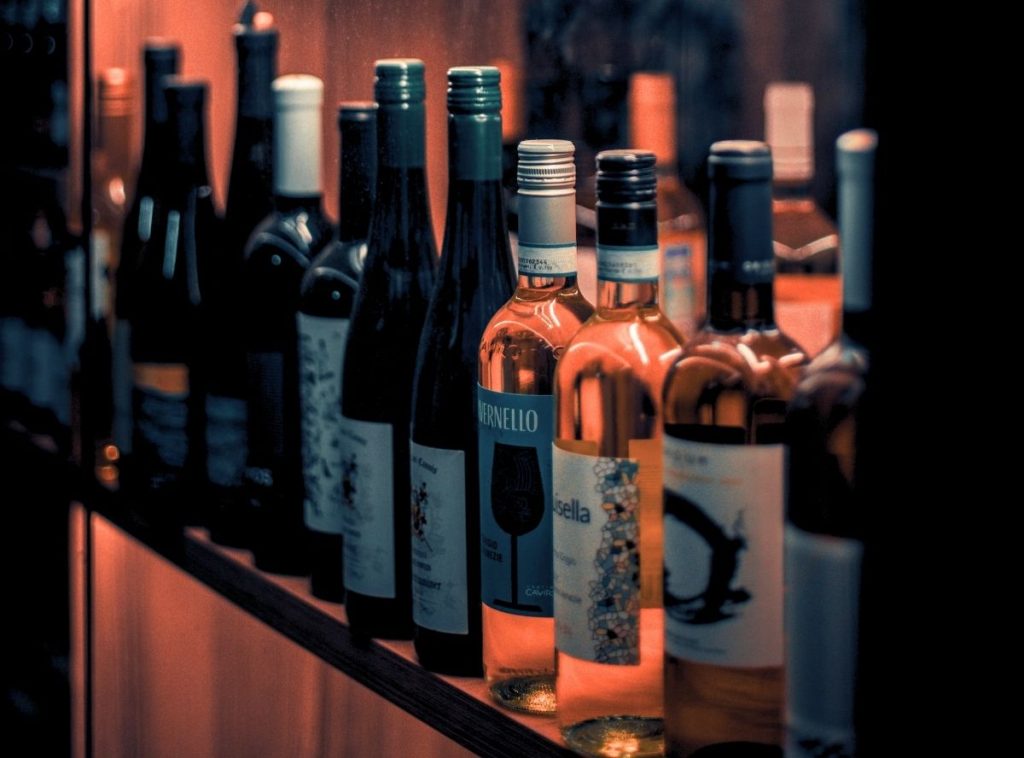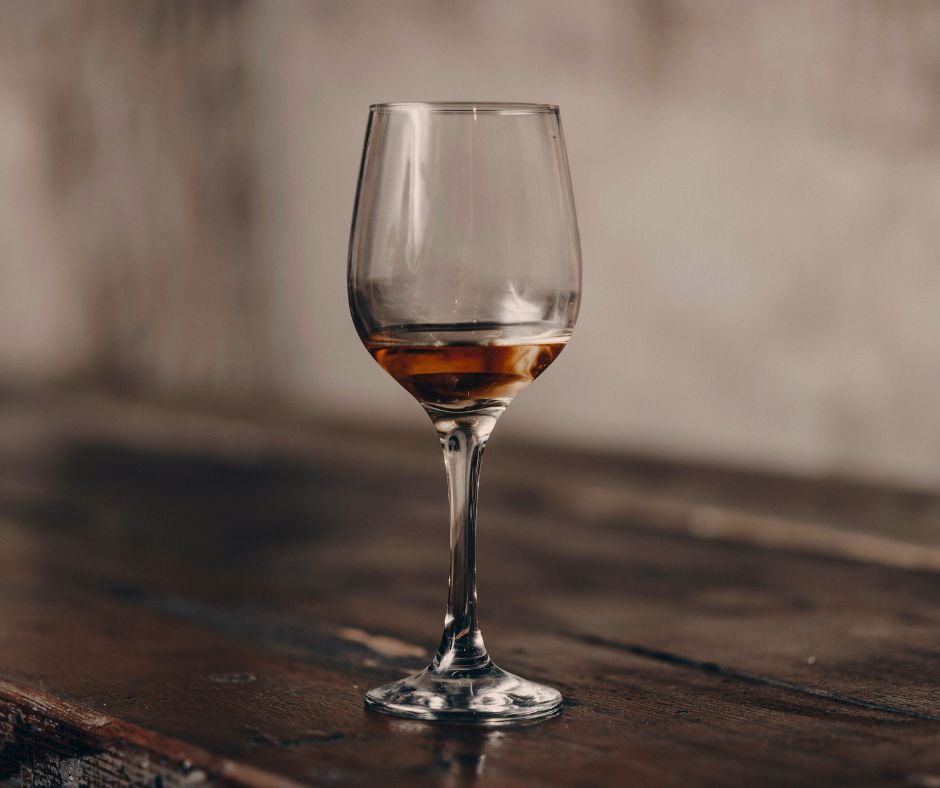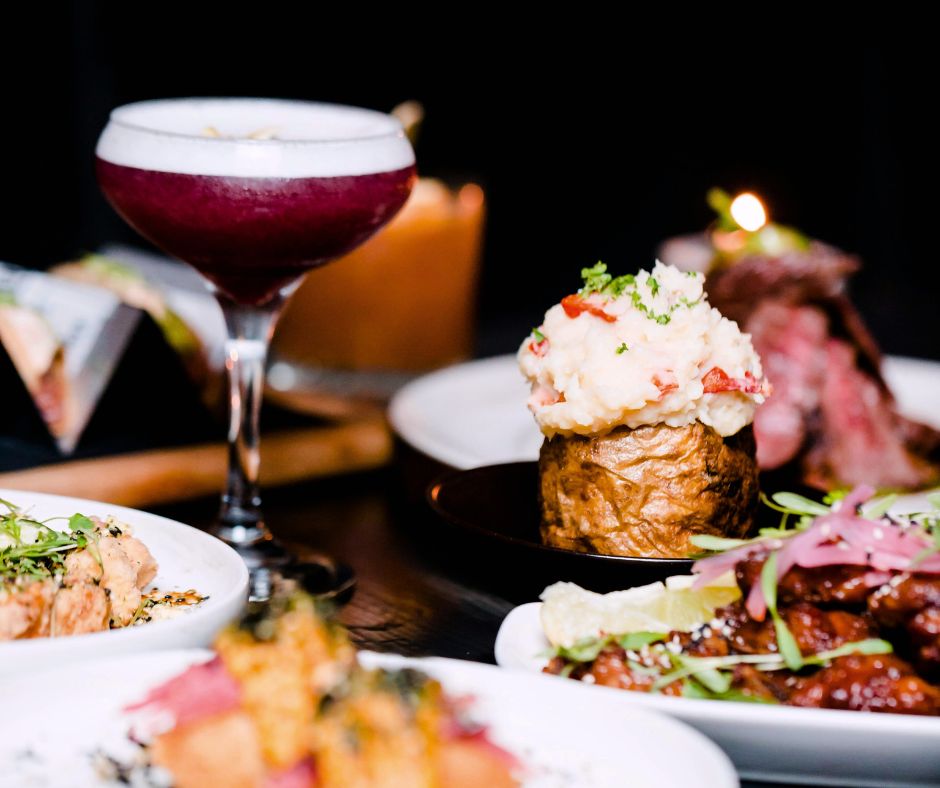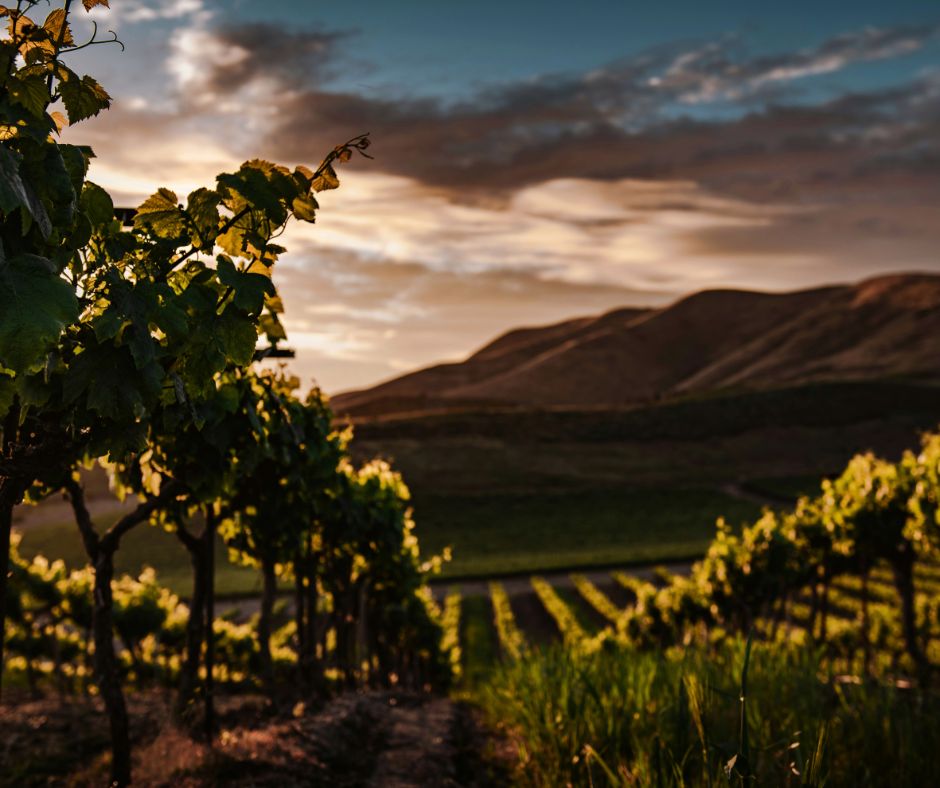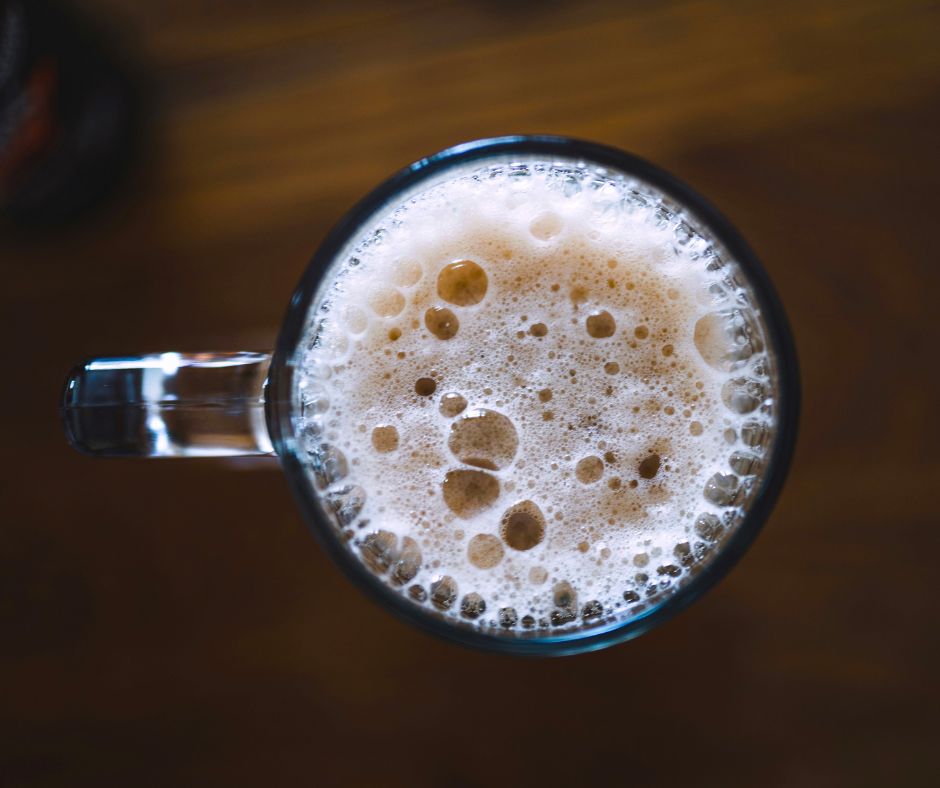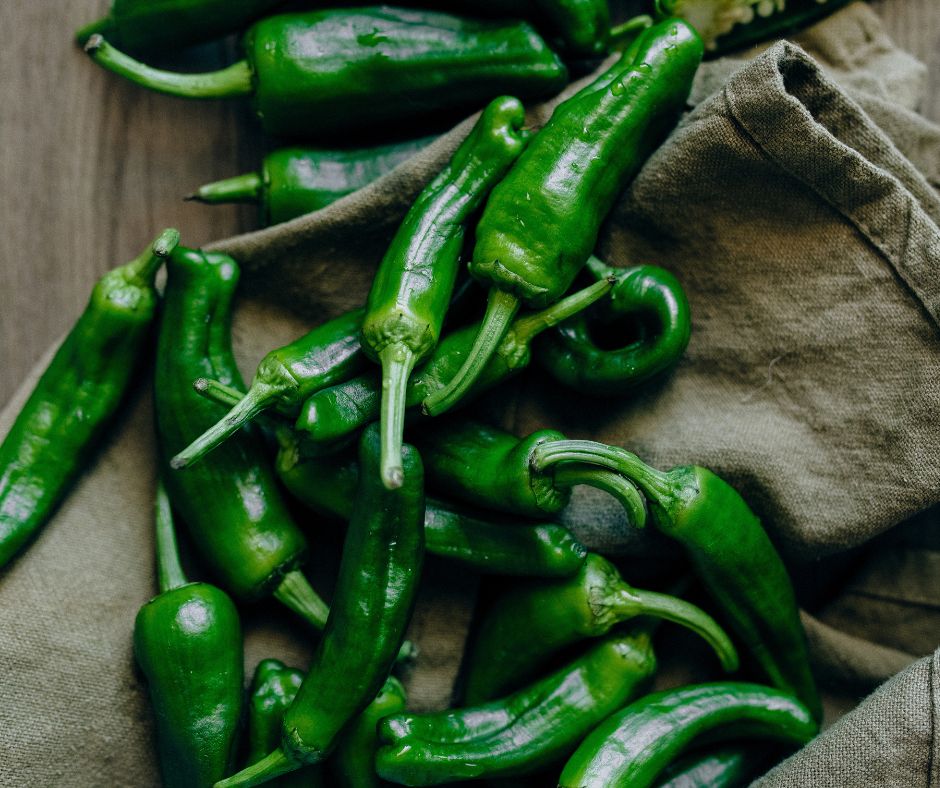If you’ve ever stood in a wine aisle feeling like you accidentally wandered into a Whole Foods lifestyle seminar, you’re not alone. Organic, biodynamic, natural, vegan… what even are these words doing on wine bottles? Are we drinking wine? filling out a health questionnaire? Or just succumbing to hype? Let’s pop the cork on these terms — because at Pairable™, we’re all about helping you sip smarter, without the side of pretension.
Organic Wine: The Farmer’s Market Darling
This one’s pretty straightforward — organic wines follow farming rules that ditch synthetic pesticides, herbicides, and fungicides. It’s all about treating the vineyard like a precious garden instead of a chemistry experiment. Sounds lovely, right? It is… but don’t expect a health halo. Science says organic grapes don’t necessarily make the wine healthier for you. They might be better for the soil — or they might just cost more. That’s right: organic wines almost always hit your wallet harder. And perhaps the biggest problem with ‘organic’ is that those following the guidelines are bent to convincing you that those who do not are all evil big volume giants cutting corners and producing shlock. Not true by a long shot.
Pairable™ Bottom Line: Love farming ethics? We do too. Automatically better wine? Nope but you can pay more and pretend to like it.
Biodynamic Wine: Organic with a Horoscope
Biodynamic is organic’s woo-woo cousin. Same pesticide-free vibes, but now with cosmic calendars, lunar cycles, and a sprinkle of spiritual farming. The vineyard becomes a self-sustaining little universe, and the wine gets made with minimal interference. Whether it tastes better is up for debate — but you will pay extra for the mystique. And to top it off while organic standards are country specific and not for profit, biodynamic is managed by a FOR PROFIT (Demeter) organization. That sounds ok, right?
Pairable™ Bottom Line: If you check your birth chart before brunch, biodynamic might be your vibe.
Natural Wine: Hipster Juice or Liquid Chaos?
Natural wine wants to be the rebel of the wine world — the “nothing added, nothing taken away” poster child. No commercial yeasts, no additives, no filtering, often no sulfites. Sounds romantic… until you realize “natural” has no legal definition. Anyone can slap it on a label, whether they’re a wizard winemaker or someone with a bathtub and a dream. As natural wine makers get more practice, the low intervention ideas are spreading and quality producers who still want to use commercial yeasts or use modern biochemistry to create a highly hygienic product are adapting pieces of the concepts.
Pairable™ Bottom Line: Sometimes funky and fabulous, sometimes tastes like kombucha left in the sun. Approach with curiosity (and maybe a backup bottle).
Vegan Wine: Wait… isn’t all wine vegan?
Plot twist: nope! Traditional winemaking sometimes uses animal-derived fining agents (like egg whites or fish bladder — yum) to clarify wine. Vegan wines skip the animal bits and filter with minerals or plants instead. Does it change the flavor? Not at all. These substances simply fall through the wine grabbing at solids and taking them to Davy Jones’ locker. They are then left out of the wine. But does it make your vegan friends happy? Absolutely.
Pairable™ Bottom Line: If you’re into plants-only sippin’, this one’s for you.
Sustainable Wine: Saving the Planet, One Sip at a Time
Sustainable wines focus on minimizing environmental impact — think water conservation, renewable energy, and smart vineyard practices. These wines don’t always wear a fancy label, but they’re quietly trying to do the right thing for future wine lovers (and future wine grapes). And there are a slew of producers making quality wine with low intervention and adopting sustainable practices. Trust niche producers and your wine distribution chain to offer wines that are not mass produced and over manipulated. They make up a nice share of the market.
Pairable™ Bottom Line: Sustainability is sexy. Look for transparency over trendy buzzwords.
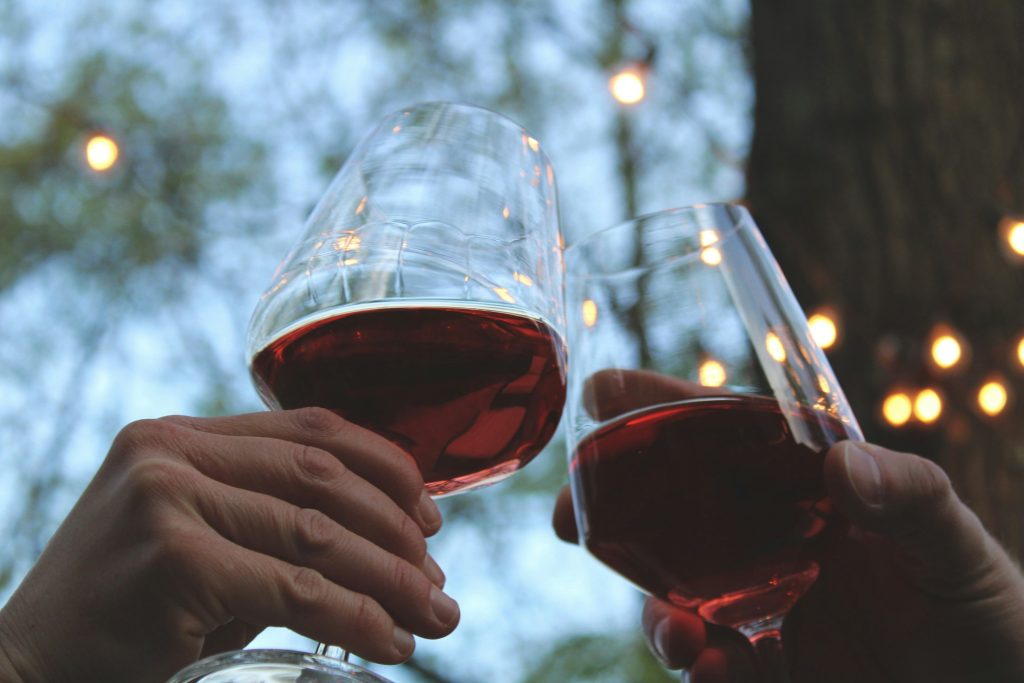
The Big Secret: Additives Aren’t Evil
Here’s the tea (or should we say, tannin): all wine — even the crunchy organic and natural stuff — is allowed a long list of additives. Most are harmless helpers that stabilize, clarify, or protect your wine. The whole “clean wine” panic? Marketing spin or science? Remember the adage, “All things in moderation, including moderation”.
Pairable™ Bottom Line: Don’t fear the chemistry. Fear bad wine.
Final Sip of Wisdom
Want the truth? Great wine comes from talented people who know their grapes, their land, and their craft — whether they follow the stars, the USDA, or just their gut. At Pairable™, we don’t care if your bottle’s biodynamic, vegan, or blessed by mermaids. We care if it tastes amazing with your dinner.
Because the best wine is the one that pairs with your plate, your palate — and your vibe.
Cheers to drinking what you love (and knowing what’s in the bottle)!
#PairWithConfidence #DrinkWhatYouLove #NoBuzzwordBS


